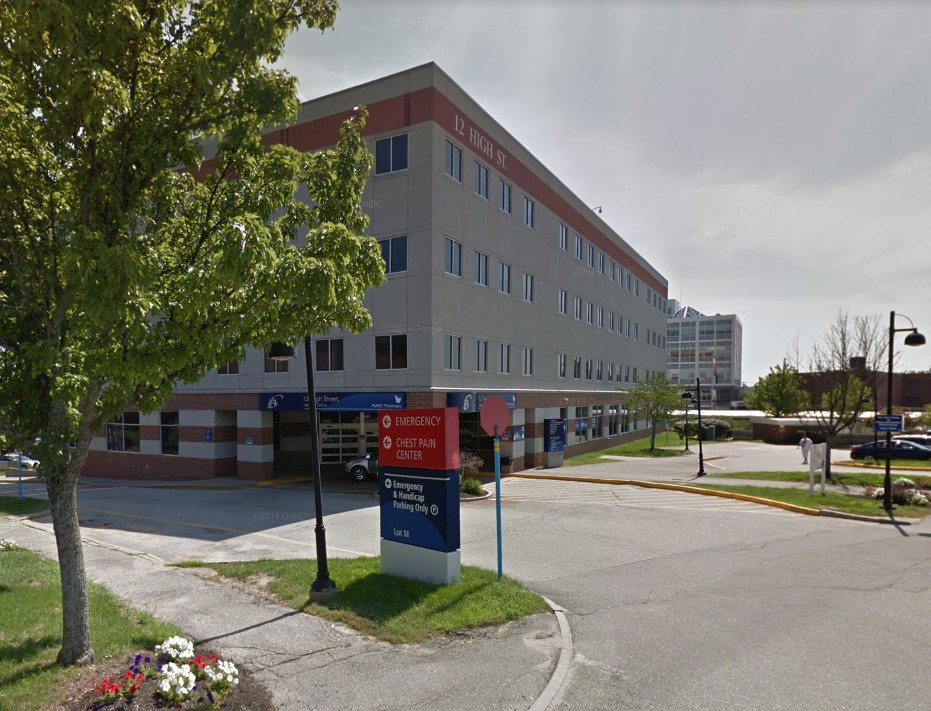A new analysis shows Maine hospitals are in precarious financial shape.
The analysis released by the Maine Hospital Association shows the state’s larger hospitals are among the poorest and most heavily in debt in the country and have the fifth oldest facilities.
Smaller rural hospitals are in relatively better shape, but still face challenges
with aging infrastructure.
The analysis was statewide and did not mention any hospital or group by name.
The larger hospitals are classified as Prospective Payment System (PPS) hospitals and include MaineHealth Maine Medical Center in Portland and Northern Light Eastern Maine Medical Center in Bangor.
A Prospective Payment System (PPS) is a method of reimbursement in which Medicare payment is made based on a predetermined, fixed amount.
Maine PPS hospitals rank poorly in total margin (39th), operating margin (46th), and equity financing ratio (49th), suggesting weak profitability and financial stability, according to the analysis. The larger hospitals also ranked 46th out of 50 states with respect to its median average age of plant.
Small, rural hospitals are classified as Critical Access Hospitals (CAH).
In Maine, the analysis finds the small CAH facilities have better rankings nationally in total margin (29th), operating margin (17th), and equity financing ratio (24th) than its PPS counterparts, but are in the middle of the pack overall.
According to the analysis, Maine’s CAHs’ average age of plant (40th) suggests those facilities face aging infrastructure, increasing maintenance costs, and potential long-term financial strain.
The analysis also ranked hospitals within a three state region. New Hampshire had the highest ranking overall, followed by Maine and Vermont.
It showed Maine PPS hospitals are similar to Vermont hospitals but are meaningfully worse on debt and age of plant.
One positive finding in the analysis shows Maine hospitals overall have a high occupancy rate, suggesting hospital resources are being
effectively used and minimizing waste.
The analysis was conducted by PYA, a tax and accounting firm that does healthcare
consulting. The analysis was performed last October and delivered to Maine Hospital Association last month.






